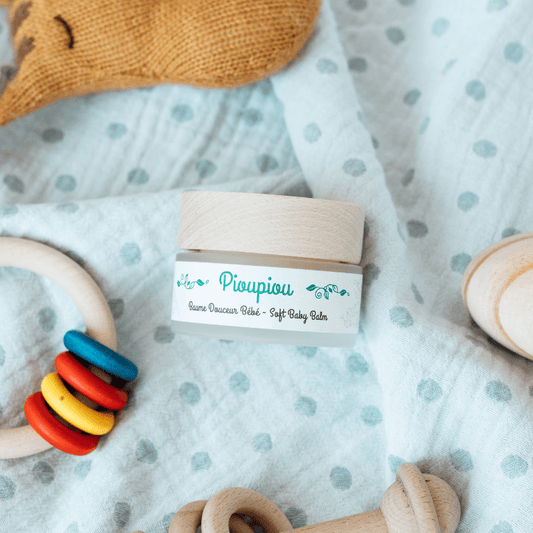
CHILDREN - WATER & SAFETY
Share
Protecting children from drowning: 10 essential tips for their safety this summer
With the arrival of sunny days, it is crucial to remember the importance of water safety, particularly to protect our children. At Pioupiou, the safety of our little ones is an absolute priority, whether in care or in everyday life. Here we offer you a complete guide to teaching, protecting and making aquatic activities safe.
Drowning is unfortunately an all too frequent and often tragic reality. During the summer, it is essential that parents are attentive and aware of the risks associated with water, whether at the swimming pool, the lake, the sea or any other place of aquatic leisure.
Here is a list of simple tips inspired by specialist Natalie Livingston to keep children safe in the water:
- Pre-swimming safety instructions: Before each swimming session, be sure to provide detailed instructions on permitted swimming areas and the rules to follow to ensure safety. Promote respect for water while allowing pleasure.
- Understanding Water Depth: Help your child understand how water depth varies depending on their size. This will help them make informed decisions and assess risks accordingly.
- Emergency Rescue Techniques: Teach your children techniques for freeing themselves in a water emergency, such as sucking in air, diving underwater, and extricating themselves if necessary.
- Avoid distractions: Set up regular reminders to avoid distractions during swimming sessions. Involve your children in monitoring to ensure constant supervision.
- Break planning: Schedule regular breaks during water activities to allow everyone to rest and recharge their mental and physical batteries.
- Priority parental supervision: Trust primarily parents to supervise children in the water. Prioritize safety by ensuring there are always responsible adults present.
- Life Jackets: Make life jackets an integral and positive part of the water experience by organizing fun activities and games that highlight them.
- Risk Education: Educate your children about the signs of drowning and the potential dangers of water to promote a clear understanding of the risks of water participation.
- Vigilance and caution: Be alert to potentially risky behaviors and challenges around water. Encourage caution by identifying risky situations and taking preventive measures.
- Involve children: Encourage your children to report any dangers or suspicious behavior they observe in the water to reinforce the culture of collective safety and individual responsibility
In addition to these tips, other safety measures during water activities such as learning to swim, sun protection , knowing first aid and using approved equipment are also essential. Drowning prevention is a collective effort to keep our children safe. Stay vigilant and share this information to protect our little ones in the water.










